We use cookies to offer you a better experience. For more information on how we use cookies you can read our Cookie and Privacy Policy.
CLIMATE ACTION
Driving some of the most aggressive and comprehensive goals in the tech industry
Our goals and progress
Goal
Reduce Scope 1 and Scope 2 GHG emissions from global operations by 60% by 2025, compared to 2015.
Reduce HP product use GHG emissions intensity by 30% by 2025, compared to 2015.2
Reduce HP absolute value chain GHG emissions 50% by 2030.9
Achieve net zero greenhouse gas (GHG) emissions across HP value chain by 2040, beginning with Supplies business achieving carbon neutrality by 2030.
Progress
171,000 tonnes of Scope 1 and Scope 2 CO2e emissions, 56% less than our 2015 baseline.
33% decrease achieved through 2020.
Will be reported in 2021 Sustainable Impact Report.
Will be reported in 2021 Sustainable Impact Report.
Goal
Use 30% postconsumer recycled content plastic across HP’s personal systems and print product portfolio by 2025. 1
Eliminate 75% of single-use plastic packaging by 2025, compared to 2018.6
Progress
11% achieved through 2020.
19% reduction achieved through 2020.
Goal
Reduce potable water consumption across global operations by 35% by 2025, compared to 2015
Progress
27% decrease achieved through 2020.
Goal
Recycle 1.2 million tonnes of hardware and supplies by 2025, since the beginning of 2016.
Progress
Recycled 642,300 tonnes through 2020.
Goal
Achieve zero deforestation associated with HP brand paper and paper-based product packaging by 2020.3
Plant 1M trees by 2020 to support Arbor Day Foundation and a forest-positive future.
Maintain zero deforestation for HP paper and paper-based packaging.10
Counteract deforestation for non-HP paper used in our products and print services by 2030.11
Progress
Achieved zero deforestation for 99% of HP brand paper and paper-based product packaging with the remaining 1% assessed to ensure reported fiber usage meets HP’s Sustainable Paper and Wood Policy.12
We planted 1 million trees in 2020 alone, supporting the 1 Trillion Trees initiative.
Will be reported in 2021 Sustainable Impact Report.
Will be reported in 2021 Sustainable Impact Report.
Goal
Reduce first-tier production supplier and product transportation-related GHG emissions intensity by 10% by 2025, compared to 2015.4
Progress
GHG emissions intensity decreased 3% through 2019, compared to 2015.
Featured Stories

Combating ocean plastic pollution and improving lives
HP Sustainable Forests Collaborative
Improving resource efficiency and social impact
Supporting recycling cooperatives
Circular economy in practice
To create value and eliminate waste, we are advancing circular solutions at every stage of our value chain. From sourcing to product design and end-of-service solutions, circularity is redefining our business, and how our customers work and live.
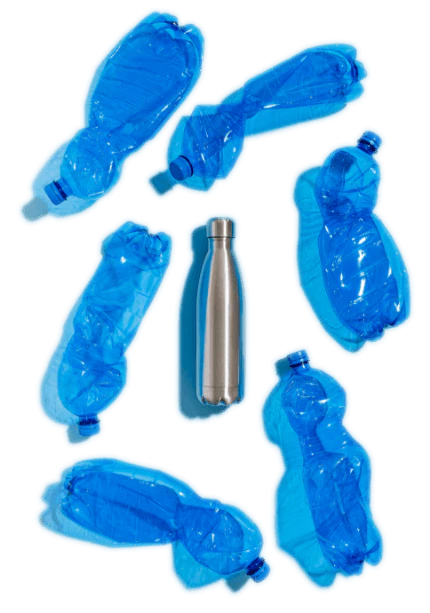
Sustainable design
HP's products and services include the world’s most sustainable PC portfolio.
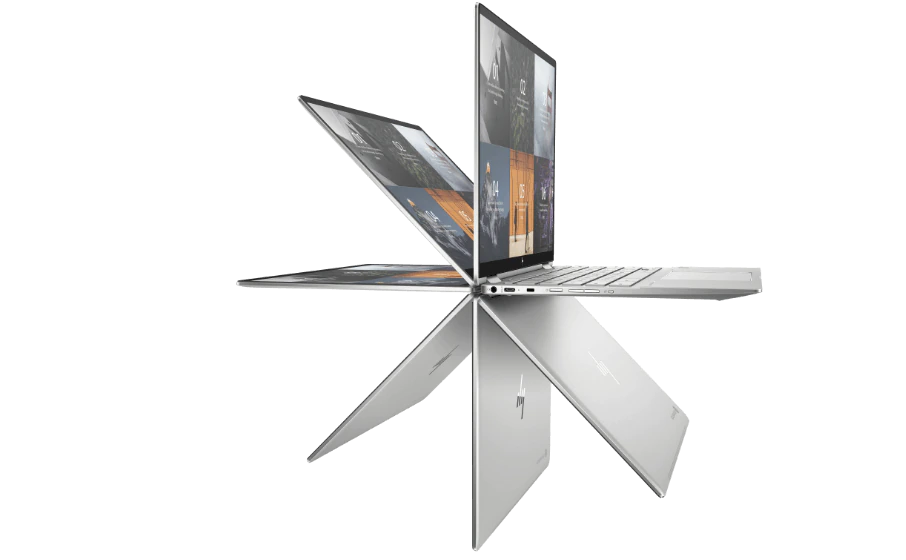
World’s 1st Chromebook with ocean-bound plastic, also contains 75% recycled aluminum in its top lid, and has a keyboard made from 50% recycled plastics.

By localizing supply chains, better matching demand with supply, and enabling customized designs, 3D printing can help to reduce waste and emissions and drive innovation.
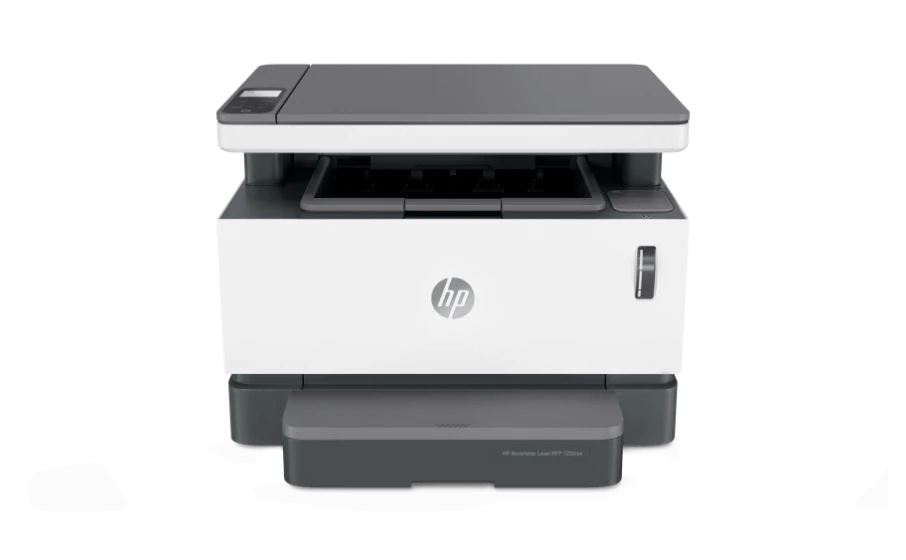
World’s first cartridge-free laser printer, made with more than 25% recycled content by weight of plastic.5
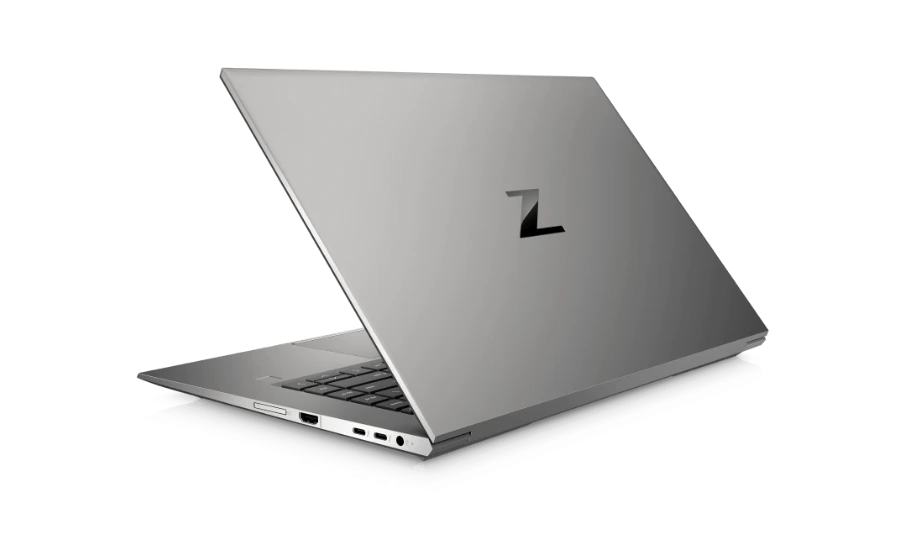
World’s 1st mobile workstation with ocean-bound plastics, and a highly recyclable and lightweight aluminum exterior.
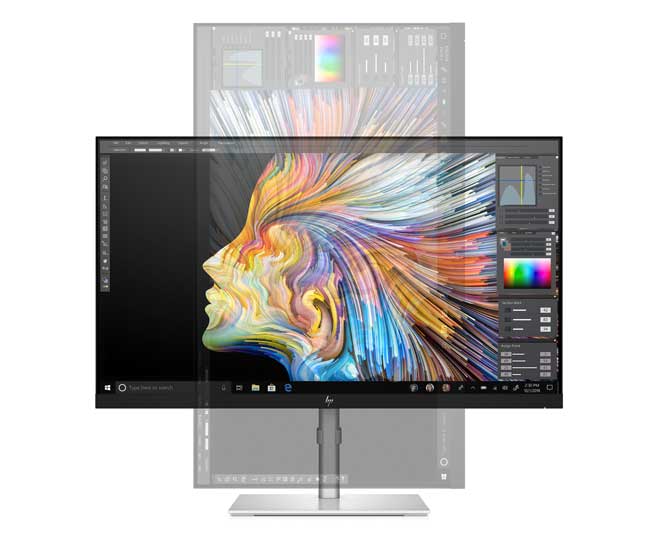
World’s 1st consumer display made with ocean-bound plastic material, each with more than 3 plastic water bottles, and packaging sustainably sourced and recyclable.
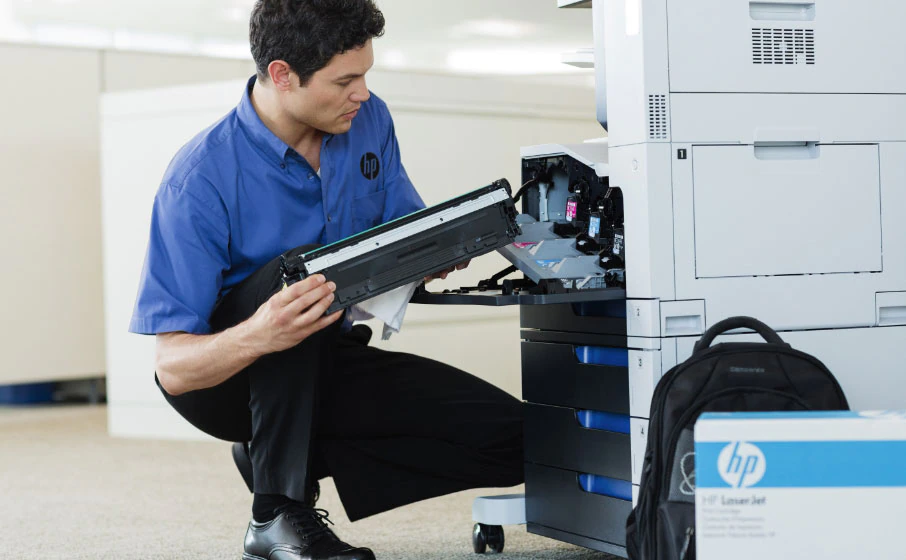
HP Instant Ink and Managed Print Services can improve resource efficiency compared to traditional purchase models.

Products and solutions
We are engineering the industry's most sustainable portfolio of products and solutions.
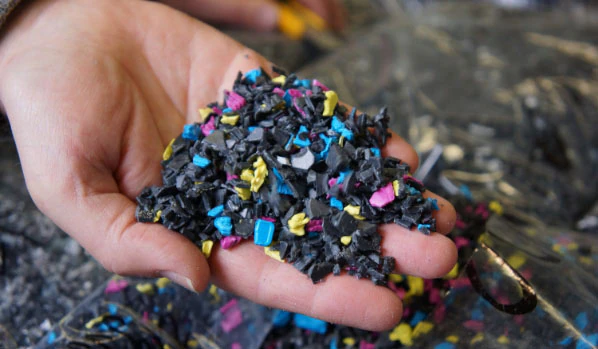
Product return and recycling
HP Planet Partners program collects used products for resale and recycling in 76 countries and territories worldwide.
Our footprint
We transparently report on our carbon and water footprints, covering our entire global value chain.
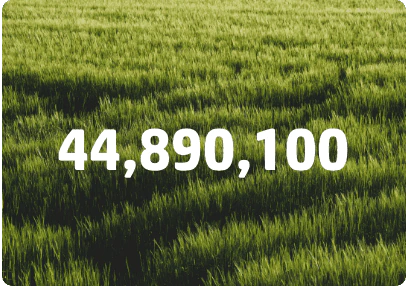
Carbon footprint
Our carbon footprint (44,890,100 tonnes CO2e) decreased 4% compared to 2019, driven by a decrease in emissions associated with product use, product transportation, commuting, and facilities.
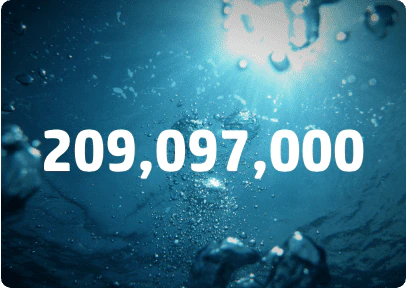
Water footprint
Our water footprint decreased to 209,097,000 cubic meters, 11% less than 2019, driven by a reduction in indirect consumption associated with HP product use and decreased water consumption in our supply chain.

Climate action
Covering HP’s global operations, supply chain and product portfolio, our Scope 1, 2, 3 GHG reduction goals have been validated by the Science Based Targets initiative.
Operations
We drive Sustainable Impact by taking action on climate,
energy, waste, and water across our operations.
Our facilities
Creating a more sustainable workplace.
Around the world, we are taking action to reduce our GHG emissions, energy and water consumption, and waste generation.
Worldwide, our employees make a vital contribution to our corporate efforts on global challenges like plastic waste.
In 2020, HP’s global operations produced 56% fewer GHG emissions than 2015 baseline.
In 2020, HP’s global operations procured and generated 243,661 MWh of renewable electricity and attributes, equivalent to 51% of our global electricity consumption, with goal of 100% renewable electricity in 2025.
In 2020, we achieved a 85.2% landfill diversion rate for nonhazardous waste, driving our shift toward a circular economy.
HP consumed 2,327,000 cubic meters of potable water across global operations in 2020, 27% less than in 2015.
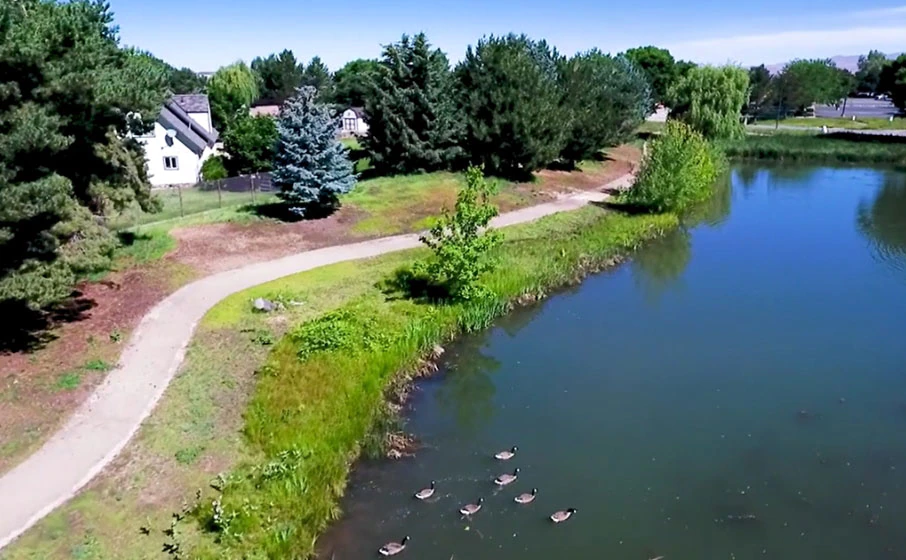

Almost 1 million plastic bottles per day are converted into new ink cartridges.
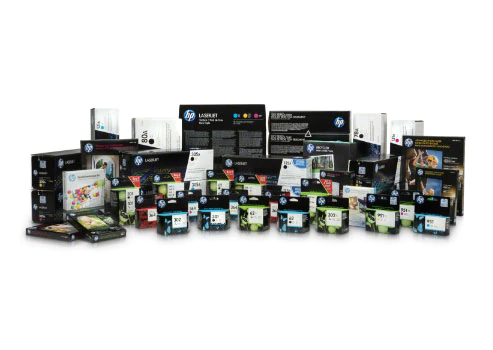
Life cycle assessments
We are an industry leader in the use of life cycle assessment (LCA) and product carbon footprinting (PCF).
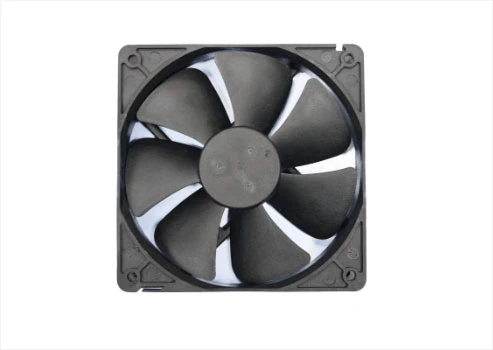
Materials innovation
We are becoming more circular, using less materials, and increasing recycled content.
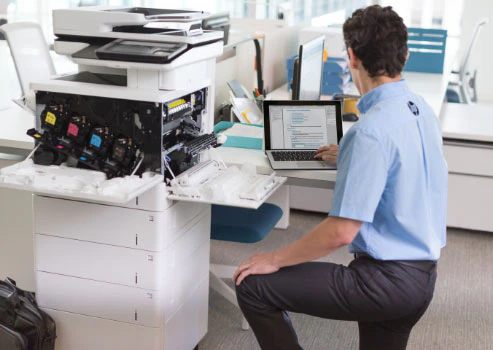
Durability and repairability
We build durable products that are easier than ever to repair and upgrade.
Our awards speak for themselves.
Over 80 years of commitment to sustainability is just the beginning.

- Recycled content plastic (RCP) as a percentage of total plastic used in all HP personal systems, printer hardware, and print cartridges shipped during the reporting year. Total volume excludes brand-licensed products and after-market hardware accessories. Total RCP includes postconsumer recycled plastic, closed-loop plastic, and ocean-bound plastic used in HP products. Personal systems plastic is defined by EPEAT® eco-label criteria. Subject to relevant restrictions on the use and distribution of materials destined for recycling and/or recycled feedstocks.
- Product use GHG emissions intensity describes the performance of our portfolio, taking into account changes to product mix and business growth. HP Product use GHG emissions intensity measures per unit GHG emissions during anticipated product lifetime use. These values are then weighted by contribution of personal systems and printing products to overall revenue. These emissions represent more than 99% of HP product units shipped each year, including notebooks, tablets, desktops, mobile computing devices, workstations, displays, and digital signage; HP inkjet, LaserJet, DesignJet, Indigo, Scitex, and Jet Fusion 3D printers; and scanners.
- All HP brand paper and paper-based product packaging will be derived from certified and recycled sources by 2020, with a preference for virgin fiber from certified sources of the Forest Stewardship Council (FSC). Packaging is the box that comes with the product and all paper (including packaging and materials) inside the box.
- Intensity is calculated as the portion of first-tier production and product transportation suppliers’ reported GHG emissions attributable to HP divided by HP’s annual revenue. This method normalizes performance based on business productivity. Intensity is reported as a three-year rolling average to decrease the impact of variance year over year and highlight longer-term trends. Production supplier GHG emissions include Scope 1 and Scope 2.
- Constant toner self-reload using imaging-drum-in-place OEM toner supplies compared to majority of worldwide competing OEM monochrome laser printers <€250 Euro and MFPs priced <€350 as of Nov 15, 2018. HP internal research & Keypoint Intelligence-Buyers Lab 2018 study commissioned by HP. Market share as reported by IDC CYQ4 2018 Hardcopy Peripherals Tracker, 2018Q4 Release. For details, see keypointintelligence.com/HPNeverstop.
- Calculated as the percentage of primary plastic packaging (by weight) reduced per unit shipped. Excludes secondary and tertiary packaging components. Includes HP personal systems and printer hardware packaging. Does not include packaging for the following: Graphics Solutions Business (GSB) hardware other than PageWide XL and DesignJet printers; 3D printing hardware; print supplies; refurbished products; and accessories such as third-party options, drop in box, and aftermarket options.
- Based on HP internal analysis of ISV certified mobile workstations as of April 2020. Speaker enclosure component made with 5% ocean bound plastic.
- Display contains 5% ocean-bound plastics, the equivalent of more than three 16 oz. recycled plastic water bottles
- Absolute reduction of Scope 1, 2, and 3 GHG emission compared to 2019. Excludes non-HP paper consumed during product use.
- HP brand paper and paper-based product packaging are derived from certified and recycled sources, with a preference for Forest Stewardship Council® (FSC®) certification. Packaging is the box that comes with the product and all paper (including packaging and materials) inside the box.
- Fiber by weight will be 1) certified to rigorous third-party standards, 2) recycled or 3) balanced by forest restoration, protection, and other initiatives through HP’s Forest Positive Framework. Paper does not include fiber-based substrates for HP industrial presses not listed in HP Media Solutions Locator catalogues.
- As of December 2020, 99% of HP brand paper and paper-based product packaging was derived from certified or recycled sources. Packaging is the box that comes with the product and all paper-based materials inside the box. Packaging for commercial, industrial, and 3D products, scanners, personal systems accessories, and spare parts are not included.

